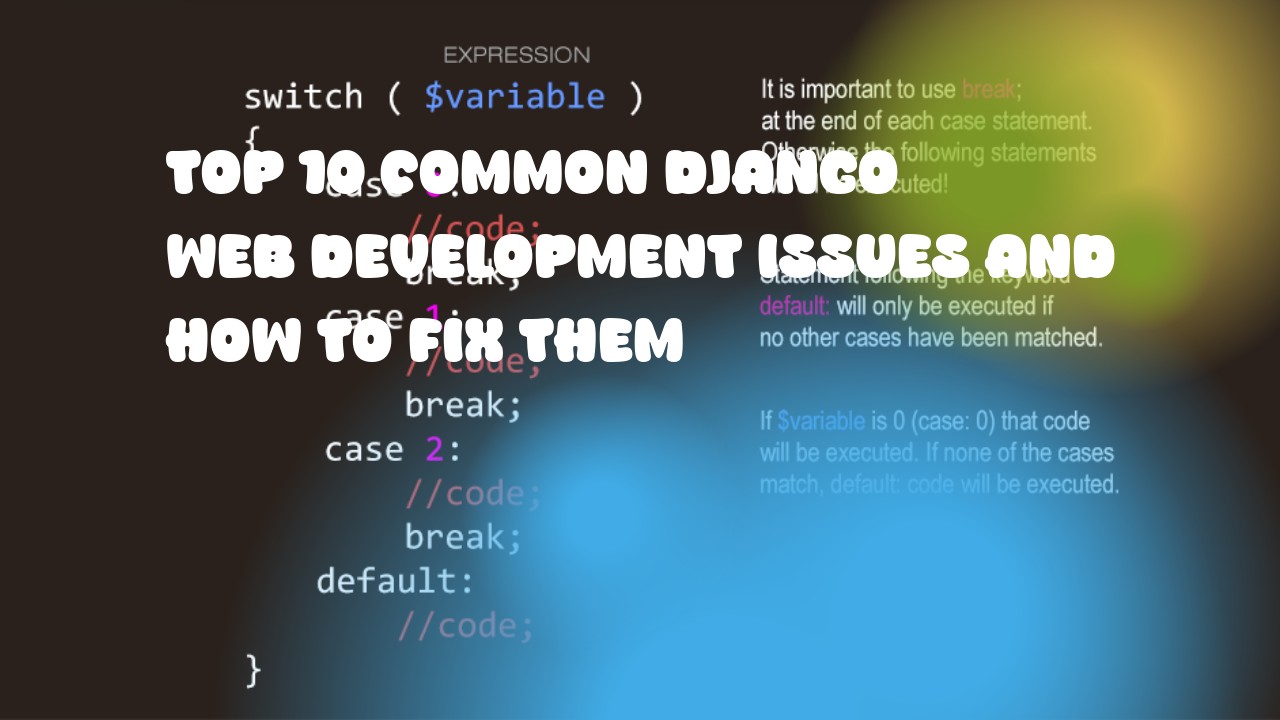-
Views not rendering: Check if your views file is in the correct location, and that you've imported it correctly. Also, make sure that your view function is returning a HttpResponse object.
-
Templates not loading: Make sure that you have created a templates directory inside your app folder and that your template files are saved with a .html extension. Also, check if the path to the templates directory in settings.py file is correct.
-
URLs not routing correctly: Check if your urls.py file is properly configured and that each URL pattern has a unique name.
-
CSS and JavaScript not loading: Make sure that your static files are being served correctly by adding STATIC_URL and STATICFILES_DIRS to settings.py, and then using {% load static %} in your HTML templates.
-
Debugging difficult due to complex code base: Use logging to debug your application. Log the variables and data flow of each function or method for easier debugging.
-
User authentication issues: Ensure that you have correctly set up Django's authentication system, including login, logout, and registration views.
-
Performance issues: Check if there are any inefficiencies in your code by using Django's built-in profiling tools or third-party tools such as New Relic.
-
Cross-site scripting (XSS) attacks: Use Django's built-in template filters and tags to escape user input and avoid XSS attacks.
-
Security issues: Make sure that your code is secure by following Django's best practices such as using HTTPS, keeping Django updated, and using a content security policy.
-
Internationalization (i18n) and localization (l10n): Use Django's built-in i18n and l10n features to make your application available in multiple languages.

